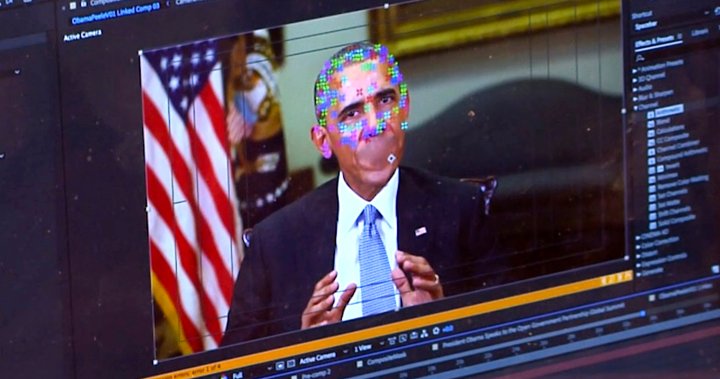
AI tools are generating misleading election images, researchers say
Global News
Researchers said the AI tools generated images in 41 per cent of the their tests and were most susceptible to prompts that asked for photos depicting election fraud.
Image creation tools powered by artificial intelligence from companies including OpenAI and Microsoft can be used to produce photos that could promote election or voting-related disinformation, despite each having policies against creating misleading content, researchers said in a report on Wednesday.
The Center for Countering Digital Hate (CCDH), a nonprofit that monitors online hate speech, used generative AI tools to create images of U.S. President Joe Biden laying in a hospital bed and election workers smashing voting machines, raising worries about falsehoods ahead of the U.S. presidential election in November.
“The potential for such AI-generated images to serve as ‘photo evidence’ could exacerbate the spread of false claims, posing a significant challenge to preserving the integrity of elections,” CCDH researchers said in the report.
CCDH tested OpenAI’s ChatGPT Plus, Microsoft’s Image Creator, Midjourney and Stability AI’s DreamStudio, which can each generate images from text prompts.
The report follows an announcement last month that OpenAI, Microsoft and Stability AI were among a group of 20 tech companies that signed an agreement to work together to prevent deceptive AI content from interfering with elections taking place globally this year. Midjourney was not among the initial group of signatories.
CCDH said the AI tools generated images in 41 per cent of the researchers’ tests and were most susceptible to prompts that asked for photos depicting election fraud, such as voting ballots in the trash, rather than images of Biden or former U.S. President Donald Trump.
ChatGPT Plus and Image Creator were successful at blocking all prompts when asked for images of candidates, said the report.
However, Midjourney performed the worst out of all the tools, generating misleading images in 65% of the researchers’ tests, it said.











